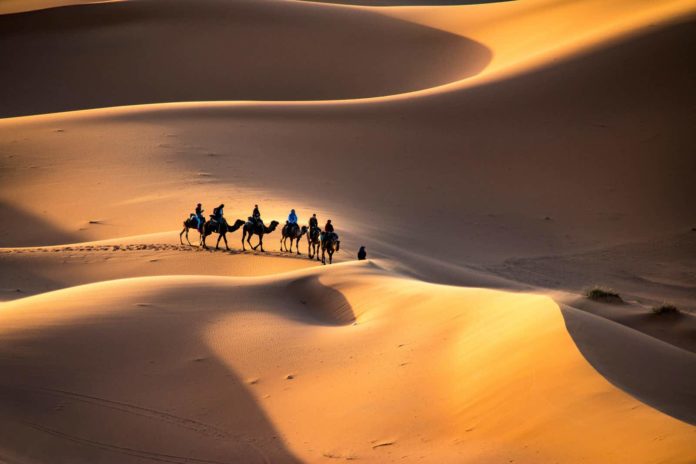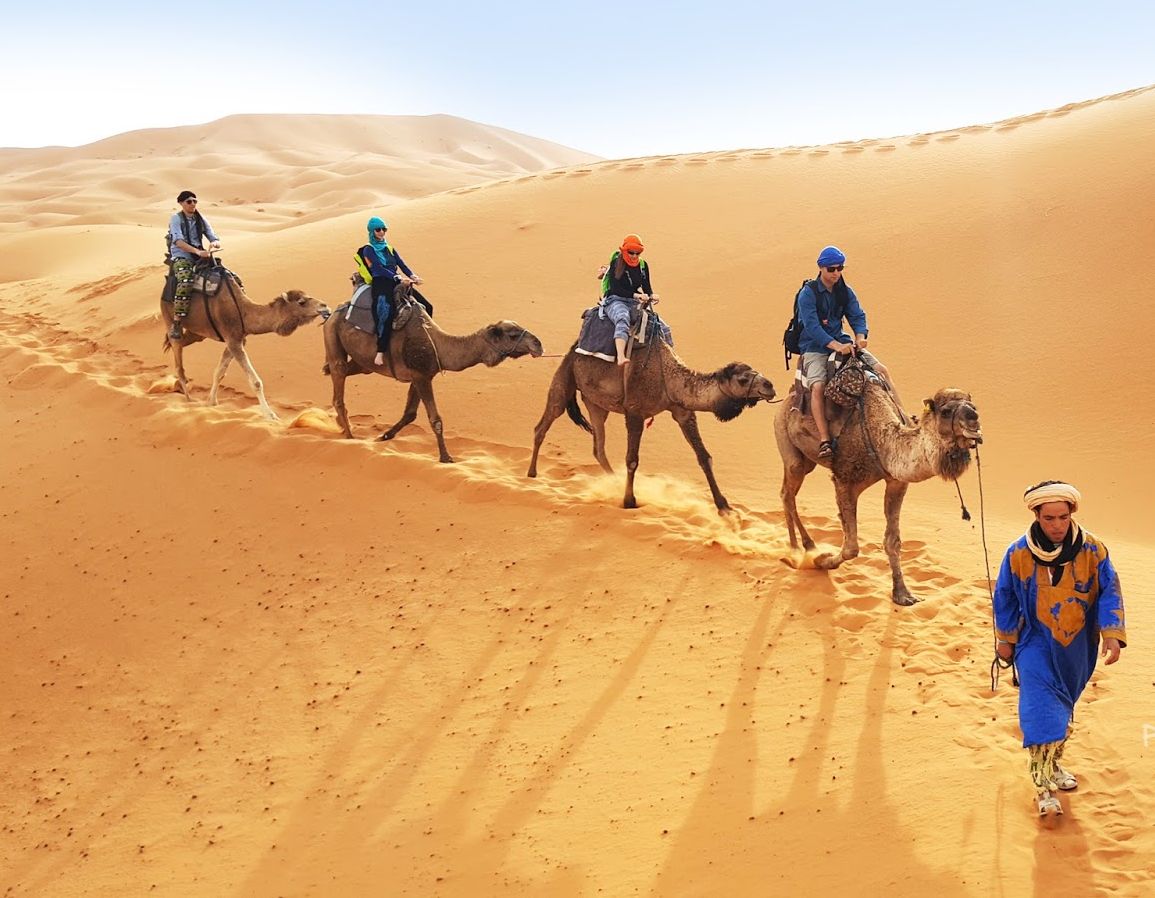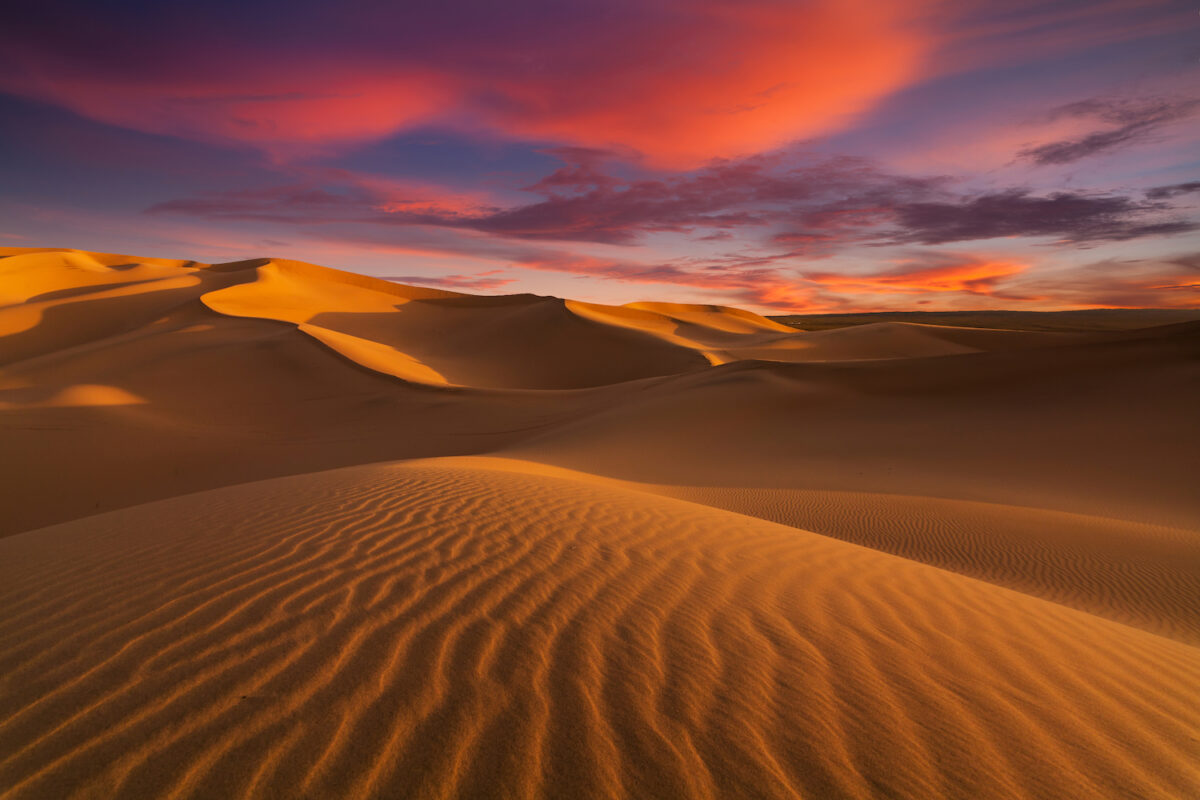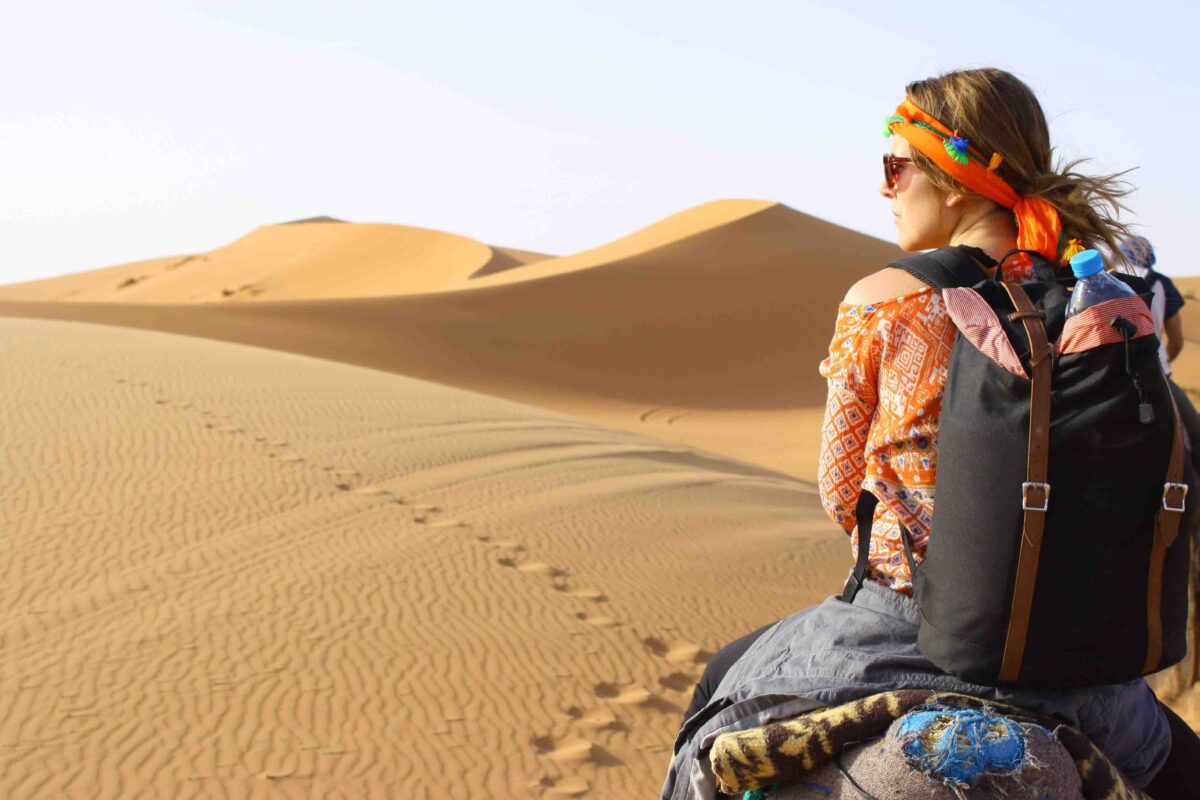
Arizona is the only state that contains part of the four North American deserts. Phoenix is in the middle of the desert, and it gets H-O-T! That’s a minor inconvenience when you can enjoy the outdoors year-round, right? According to Redfin, Phoenix offers a great variety of home styles in the area.
Most are single-family residences, condos, and townhouses are plentiful as well. Living in the desert is beautiful. However, it can present a few challenges. With high temperatures during the day, lack of water, and vast stretches of dry land – it’s better to be over-prepared. Below are a few tips for visiting the desert.
Bring a Thermos
Temperatures vary greatly in the desert. It’s hot during the day, but it can become pretty cold at night. With such a severe difference in temperatures within one day, it can be hard to know what to pack.
If you plan on still being out at night, it’s just as important to pack for colder weather as it is to have what you need for the daytime. Prepare your thermos with some tea before heading out to your trip in the morning, and you’ll be glad to drink it once the sunsets.
Cover Up

When you’re out in hot weather, you might assume wearing shorts and a tank top will keep you comfortable, but exposing too much skin can be hurting you. Covering up in the desert can help keep you more comfortable. Time your walking in the early morning and late afternoon when the sun is not as intense.
Sunburn can be severe, and heatstroke or heat exhaustion can prove fatal. It is highly recommended to wear a big-brimmed hat, sunscreen, and dark sunglasses. Even in the desert heat, wear light, loose long sleeve shirts, and long pants. Remember to reapply sunscreen periodically to any exposed areas.
Drink Water
Whenever you plan on being out all day, you always need to be sure that you’ve packed enough water to get you through it. That is especially important when you’re out in the desert where temperatures can get extremely hot. Desert heat can quickly lead to dehydration. It’s serious whenever dehydration occurs, but you’re taking on additional risks when you’re away from any medical care.
It is recommended that you drink at least one gallon per person each day. If you’re planning on going out on a particularly hot day, packing an insulated bottle can help keep you from having to drink warm water. You might see on a map before going out that there’s water available in a spring nearby, but it could be dried up when you get there, so you shouldn’t rely on that alone. Energy bars also help keep an emergency supply of them at all times.
Use a Facial Mist

Hydrating on the inside is essential, but you also need to take care of your skin in the desert. Due to the dryness and humidity of the desert, be sure to pack some facial mist to keep your skin hydrated. Even if you’re out for only a few hours, you might notice a difference in your skin’s moisture right away. When your skin is exposed to such dry air, even if it’s covered by clothing, the weather can take a significant toll on it.
It can be a while for your skin to repair itself after it dries out, so it’s best to take care of it at the moment and prevent any damage. Carrying a spray bottle is crucial not only to hydrate your skin from the inside but also to help yourself cool you off as well. That can be more effective and easier to use than moisturizers due to any sand that might stick to your skin after applying it.
Pack Insect Repellant
No one likes trying to enjoy the outdoors only to spend the whole time fighting off bugs. While the desert might not seem like it would have as many bugs as you’d find in the woods, there’s still plenty there. Most are not dangerous; however, pesky critters can be bothersome, and when the flies get to biting, it stings!
Although they might not be a health concern, bug bites aren’t something you want to deal with if you’re able to prevent them. Don’t forget to have and use a good insect repellent. Of course, there are also some insects in the desert that you might not be able to ward off with regular insect repellant. During your trip, you might run into some beetles and spiders that you should try to avoid. There are also other dangerous animals such as scorpions that you should always be careful about.
Carry a First-Aid Kit

Even if you have experience with traveling through deserts, they can be extremely harsh environments, and there’s always the risk that you might get injured. You might think nothing will happen to you, but you should still be prepared just in case. Have adequate first aid supplies, including proper medication for anyone who requires it.
In case of emergencies, when first aid is only the beginning of care, people should be prepared to give emergency personnel all of their current and past medical histories. To some, this might feel like an unnecessary precaution, but it can make a huge difference if something does happen, and you end up needing it.
Apply Sunscreen Regularly
You may have heard that you’re more at risk of getting sunburn when you’re at the beach because the sun reflects off of the sand. That is true for many deserts as well. Not only is sunburn painful while you have it, but it can also leave permanent damage and eventually lead to a person developing skin cancer.
Choose a sunscreen with broad-spectrum protection, which means it blocks UVA and UVB rays. The SPF level should be 30 or higher. The more intense the sun, the more often you should re-apply. Don’t forget your lips, lip balm with sunscreen built-in is worth it. Wearing a hat can make sure that you won’t get any sunburn on your scalp as well.
















